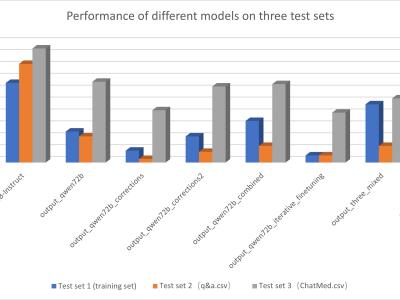
The integration of electrolyser systems into offshore wind farms (OWF) via high-voltage direct current (HVDC) networks offers a promising solution that could increase the value and reduce the costs associated with large-scale hydrogen production, enabling green hydrogen production and the provision of energy storage and grid ancillary services. This paper presents the modeling and integrating of large-scale electrolyser plants within HVDC-connected OWF to evaluate the benefits of these systems.
- Categories:







